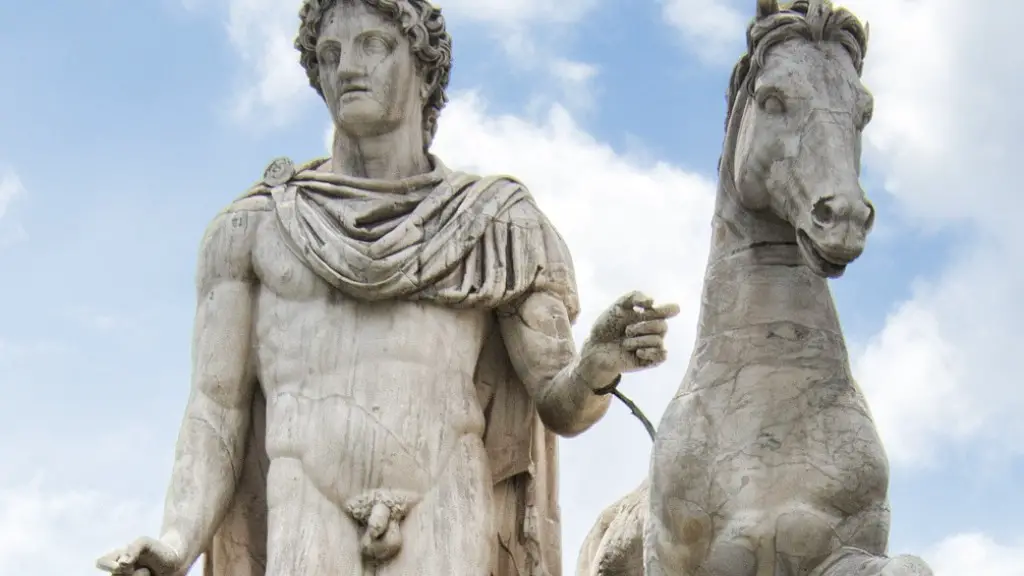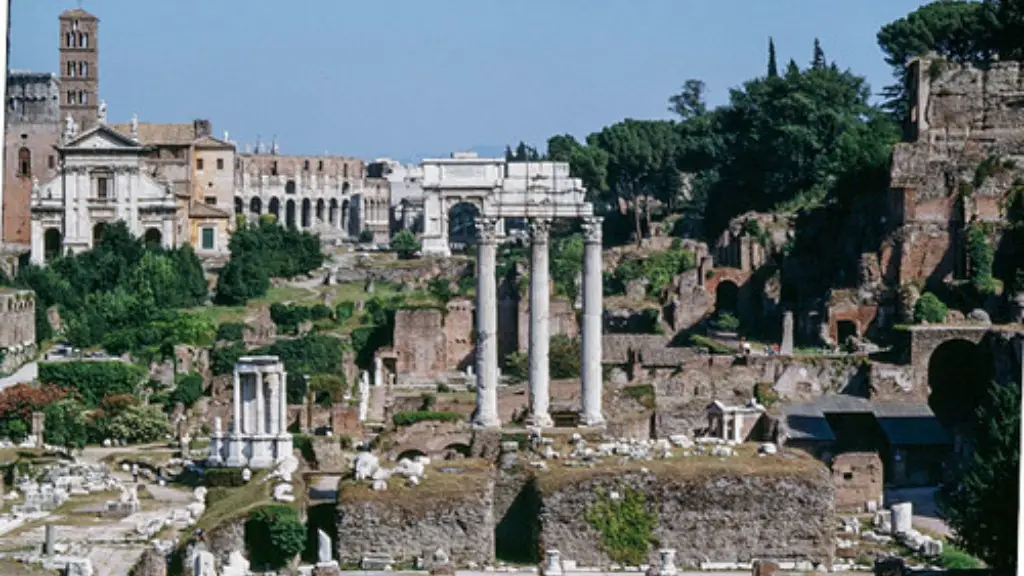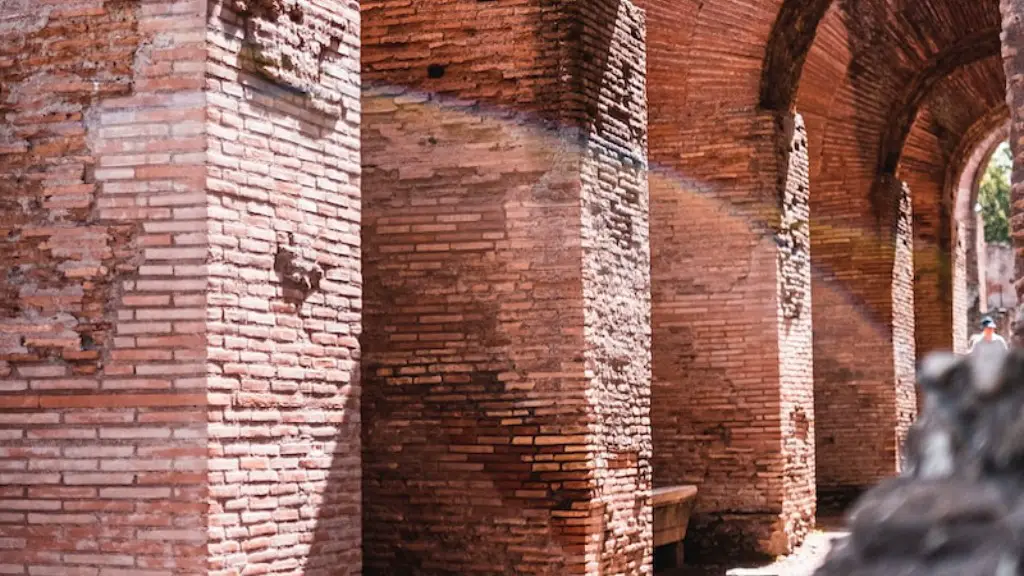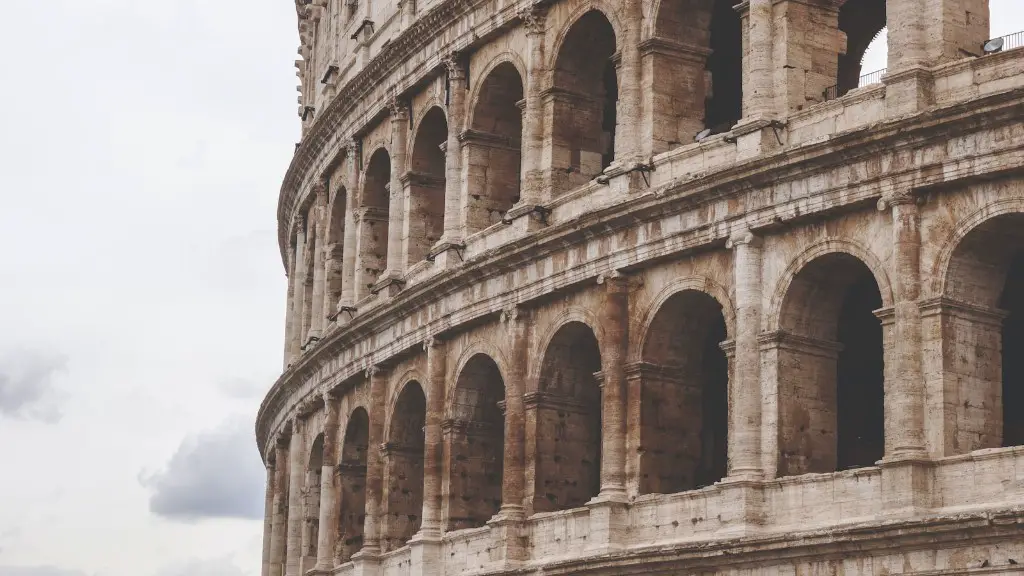Origin Story of Romulus and Remus
Legends of Ancient Rome’s founding often center around the story of the heroic twin brothers, Romulus and Remus. Their origin story begins as an imperfect but ideal union between a Vestal Virgin, Rhea Silvia, and the God, Mars. Rhea’s uncle, Amulius, forced her to become a Vestal in order to prevent her from having children who would potentially become rivals to his own reign.
Despite this imposed celibacy, the God Mars was said to have impregnated the Vestal Virgin in the form of a wild animal and Rhea birthed the twins, Romulus and Remus. As a precaution, and in order to protect his own power, Amulius sought to kill the twin boys before they could grow up and establish their own kingdom. So he ordered his servants to cast the newborn twins into the Tiber river.
Fate offered the boys mercy as they were found by a she-wolf, who took pity on them and nursed them with her own milk until a shepherd named Faustulus stumbled across them. He then brought the boys to his wife, Acca Larentia, a species of magical divine being called Lares who had taken human form. Acca Larentia adopted the twins, raised them and educated them in hunting, farming and animal husbandry.
The twins grew up to be fierce and noble warriors and it was said by some that they also possessed powers of divination. Determined to reclaim the kingdom that their father had taken from them, the twins formed an alliance with the powerful settlers of the area and began a journey to overthrow their great uncle, Amulius. Thus began the tale of their journey to establishing the greatness of Ancient Rome.
Romulus and Remus succeeding in overthrowing their uncle, and began the rule of Rome through their combined strength, ingenuity and leadership. According to ancient sources, Romulus and Remus first established the Palatine Hill as the place of their future kingdom, Rome. Later, Romulus and Remus divided the kingdom and each brother established their own city. Ultimately, though, it was Romulus who established the city that would become Rome, and his name was given to the city.
Romulus Asking for Signs
The story of Ancient Rome’s founding is often told with a focus on the twins’ physical struggle to claim the city from its former ruler. But the tale is also highly steeped in the supernatural with some sources recounting a subtler form of divination. Rather than engaging in physical battle with his uncle, Romulus may have asked the gods to help decide which of the twins was fit to rule Rome.
One fateful day, Romulus and Remus ventured to the top of the Palatine Hill, where Romulus offered a sacrifice of a sheep, a sow and a bull in order to seek the gods favour. With his sacrifice complete, Romulus entreated the heavens for a sign from the gods as to who should rule the city. This story suggests a certain amount of faith in a higher power, and loyalty to the gods, which was a key component to Ancient Rome’s religious and spiritual beliefs.
The sky soon after cleaved open, forming a path for a flight of six vultures to pass over the twins. Interpretation of this omen suggested that the gods had been placated and the gods had chosen Romulus as the man to rule Rome. Thus began the city’s rule under the dynasty of Romulus.
Emblems of Ancient Rome’s Founding
The legends of Ancient Rome’s founding have been kept alive throughout the millennia through the use of symbols associated with Romulus, Remus and their divine father, Mars. The she-wolf, who adopted and protected the twins, stands today as a symbol of the strength and courage of the two brothers. This image is often seen depicted in art, sculpture and as part of Ancient Rome’s coat-of-arms.
The images of the twins are often used to convey the strength of the unified rule that Romulus formed in his father’s honour. The tale of Ancient Rome’s founding is often interpreted as the struggle between two forces: the love of a mother for her sons and the power of a ruler to protect the greater good and preserve his own power. Romulus’ victory over his uncle demonstrates the power of a leader to make difficult decisions in order to maintain peace and order.
The divine presence of Mars also stands as a reminder of the impact he had on Rome’s founding. He is often seen as a symbol of strength and courage; a reminder to the Romans of the power and protection that he bestowed on the brothers, who sought justice and the power to create their own kingdom.
Legacy of Ancient Rome’s Founding
The myth of Ancient Rome’s founding is embedded within the culture and history of the city, and has been encapsulated in art, literature and sculpture for centuries. To this day, symbols of the she-wolf and the divine rage of Mars remain deeply engrained as part of Roman culture and are used as reminders of the city’s mythic beginning.
The influence of Ancient Rome’s founding myth, and the reverence for Romulus and Remus, are also pervasive in the language of politics, law and order. The figure of the powerful ruler, charged with protecting the greater good, is a revelation of the notion of what it takes to be a successful, and just, leader and continues to be a source of inspiration for modern day rulers.
The legacy of Ancient Rome’s founding myth continues to be an integral part of the culture of the city, as Romans have relied on these ancient tales to find strength in times of struggle and to offer wisdom when making decisions. And while Rome no longer exists as an empire, the tale of Romulus and Remus lives on with Rome’s citizens, who are still finding inspiration in their ancestor’s story of strength and courage.
Romulus and Remus in Modern Culture
The story of Romulus and Remus has become an iconic tale of power and courage, and it has appeared in literature, film and art for centuries. From the epic poem ‘The Aeneid’, penned by Virgil in the first century AD, to Jean-Jacques Rousseau’s play ‘The Robbers’, the brothers’ journey has been a source of inspiration for artists, writers and filmmakers.
In recent times, their story has become increasingly popular in pop culture, with the Romulus and Remus references appearing in video games, comics and films. The story of the brave twins has even been recreated in theme parks, such as Italy’s ‘Mythological Park’. Here, life-size models of the twins are used to retell the Ancient Rome’s inspiring origins.
The story of Romulus and Remus offers a powerful reminder of the courage and resilience it takes to create a great kingdom, and it is no wonder that their tales still live on today. The legends of Ancient Rome offer hope, strength and resilience in times of struggle; a symbol of what is possible when an individual possessed of courage and strength rises up to face a great challenge.
In Summary
The myth of the heroic twin brothers, Romulus and Remus, has become an integral part of Ancient Rome’s history and culture. They are celebrated as symbols of strength and courage, with their story surviving the many centuries to remain an inspiration in modern times. Through the use of symbols, stories and art associated with the twins, Ancient Rome’s founding remains deeply embedded in the consciousness of citizens and visitors to Rome alike.
Romulus and Remus continue to inspire with their story of courage and strength, as they showed the power of an individual to rise to face a great challenge. The tale of Ancient Rome’s founding continues to offer hope, strength, resilience and an example of just what it takes to lead a great kingdom.




